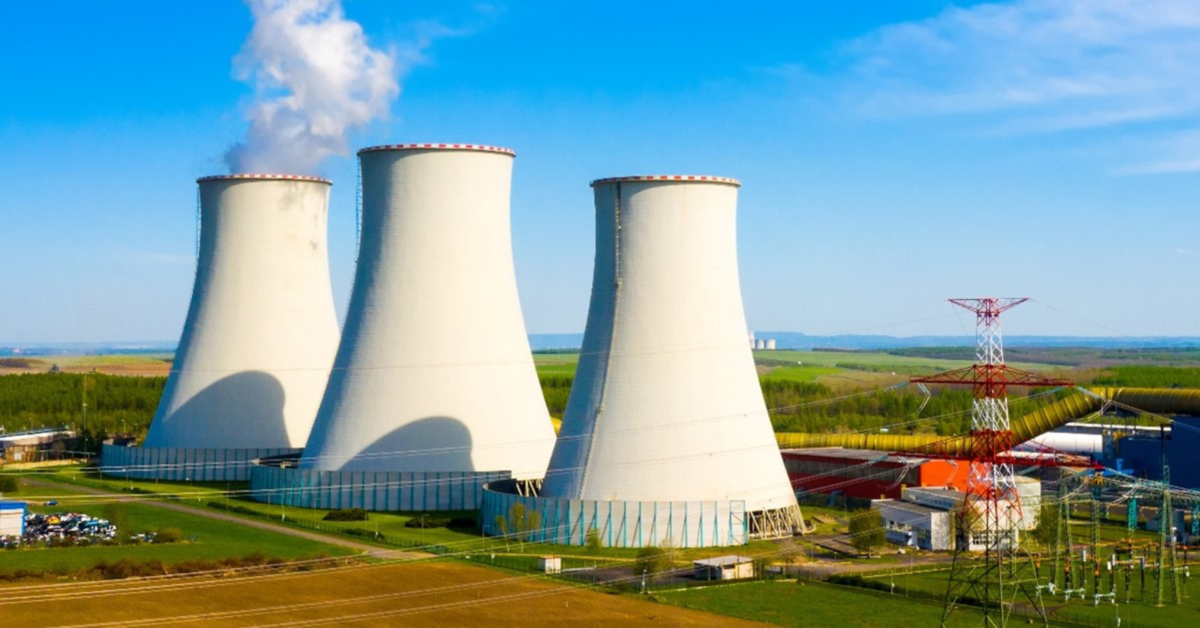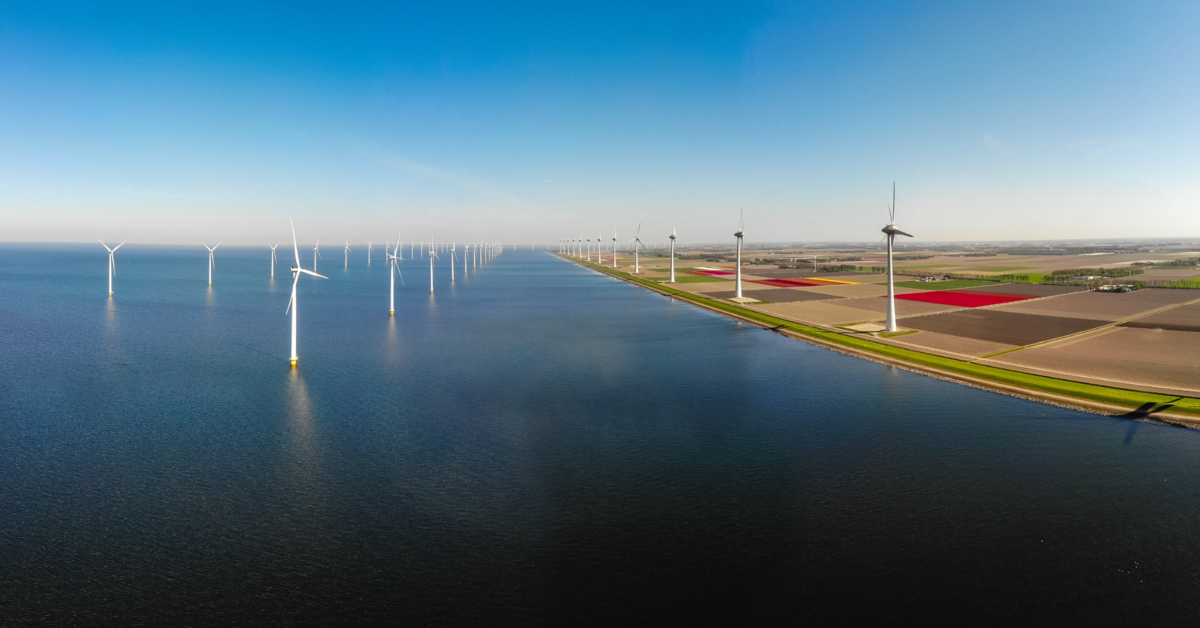EGA Five Facts to Know: The EU 2040 Climate Target
After setting its 2050 climate neutrality goal and setting an intermediary 2030 target of reducing greenhouse gas (GHG) emissions by 55% (against 1990 levels), the EU is now turning attentions to its 2040 goal. The Commission has just launched a public consultation and an evaluation to determine the appropriate 2040 target. This assessment will not only look at the level of ambition of the target but will also take a critical look at the post-2030 regulatory architecture needed to get there, initiating a new cycle of climate and legislative ambition. The final objective is two-fold: (1) offer predictability for EU stakeholders to ensure they can make strategic choices and deploy investment decisions, and (2) reaffirm the EU’s global leadership in the fight against climate change. Here are five facts to know about the EU 2040 climate target:
1. The 2040 Target is the missing milestone on the EU's pathway to 2050 Climate Neutrality
The European Climate Law, formally adopted in June 2021, enshrines the EU’s goal of achieving climate neutrality by 2050 into legislation, while also setting out an intermediary 2030 target of reducing GHG emissions by 55% (with a 1990 baseline). It also includes a provision requiring the European Commission to present a 2040 GHG reduction target in the first half of next year. The 2040 target is set to be outlined first in a Commission Communication in Q1 2024 and will be followed by a legislative proposal which will modify the Climate Law accordingly. To help it set up this target, the European Commission launched at the end of March a public consultation and an impact assessment that will review available scientific evidence.
In the public consultation, the Commission outlines the following options for the 2040 target:
-
Up to 65% emission reduction (a very low ambition with just a slight increase compared to the target for 2030)
-
Between 65% and 75% emission reduction
-
Between 75% and 80% emission reduction (following the average trajectory between 2030 and climate neutrality in 2050)
-
Between 80% and 90% emission reduction
-
More than 90% emission reduction (a very high ambition, verging on achieving climate neutrality already in 2040).
It is likely that the result will come down somewhere between the middle and higher ambition options.
2. Timing of the 2040 Target Review will align outcomes with COP29 in 2025
When it comes to fighting climate change, the EU has long been world leader. The landmark Paris Agreement, adopted in 2015, works on a five-year cycle of countries ratcheting up their climate action ambitions. The timing of the discussions on the 2040 EU climate target aligns with the Paris Agreement’s five-year ambition cycle. All Parties to the Agreement are expected to initiate reflections on the next target in the context of the UN process this year, with a view to communicating these ahead of the COP29 climate conference in 2025. By setting out a 2040 target ahead of the 2025 deadline, the EU continues to reaffirm its global leadership on climate change while also setting best practice for other countries to follow.
3. Setting the 2040 Target Will Likely Trigger a New Wave of Regulatory Changes
While nothing is set in stone, questions from the public consultation already indicate that the European Commission intends to use this exercise not only to land on a GHG reduction figure, but to critically assess the policy choices that will be needed to accelerate the green transition. This was already the case with the new 2030 target. Just after the target was adopted in the Climate Law, the European Commission unveiled its Fit for 55 package of proposals, which included legislative amendments to the EU’s core climate legislations, as well as new legislation aimed at putting the EU on track to achieve the 2030 GHG reduction target of 55%.
The public consultation asks specifically for feedback on the role of carbon removals in the 2040 target, the opportunities and challenges associated with higher climate ambition, and the enabling actions for the EU climate ambition to 2040 and beyond. It also asks about the role of and potential need to overhaul several key pieces of the EU climate legislation architecture: it enquires on carbon pricing in the agriculture sector, on the possible extension of the EU carbon market (EU ETS) to GHGs other than CO2 and to new sectors, including the land-use sector. It also seeks input on the role of non-carbon pricing instruments, on the future role of the Carbon Border Adjustment Mechanism (CBAM), and the broader role of international carbon trading when it comes to achieving EU climate targets.
The timing of the consultation fits perfectly with the European Commission’s own “political cycle.” In the fall of 2024, a new European Commission will be appointed (i.e., a new President and College of Commissioners who govern the Commission). It has been customary for Commission Presidents at the very beginning of their mandate to announce new strategies and large-scale policy changes, as did current President Ursula von der Leyen when launching the EU Green Deal and setting the 2050 climate neutrality goal. The findings of this consultation and impact assessment will certainly feed into the thinking of European policymakers for a Green Deal 2.0.
4. Hard-to-Abate Sectors — and the Need for Carbon Removals — Will be at the Center of EU Efforts
While many sectors of the EU economy are on a decarbonization pathway, this is not the case for all sectors. A major challenge on the road to EU climate neutrality remains the decarbonization of the EU’s heavy industry, buildings, and the road transport sector. These two sectors, as well as the farming sector, have long struggled to decarbonize.
In its Fit for 55 package of proposals, the European Commission unveiled its solution to this issue: stringent carbon pricing and progressive inclusion of new sectors under its carbon pricing scheme. In recently agreed amendments to the EU’s flagship carbon pricing scheme (EU ETS), heavy industry will be increasingly exposed to higher carbon costs while emissions from the building and road transport sectors will come under the scheme’s scope in 2027.
Following this rhetoric of focusing on key parts of industrial sectors, the consultation focuses on the role of specific sectors when it comes to the achievement of the EU’s climate targets, asking specifically which sector should do more to reduce GHG emissions. It singles out hard-to-abate sectors such as heavy industrial processes, waste management, agriculture, forestry, and other land use. These sectors will continue to emit, even up to 2050. As such, both the consultation and impact assessment will explore various options on how to achieve a net-zero economy. These include:
-
International emissions trading under article 6.4 of the Paris Agreement.
-
Nature-based climate solutions that could contribute to achieving the total required emissions reductions for achieving net-zero. These could include soil improvement, forest conservation, ecosystems restoration, coastal or ocean-based carbon sequestration.
-
Non-carbon pricing instruments. For instance, it mentions that unsustainable farming practices could be ruled out by ambitious sectoral standards that make sustainable farming practices the new standard.
-
The role that carbon removals and carbon capture and storage technologies could play.
-
The use of various energy technologies, including green hydrogen and advanced fuels.
5. The Consultation is an Opportunity for Industry to Voice Its Preferences and Concerns
Consultations are open to everyone: business organizations, individual companies, citizens, think tanks, and academia. It is also open to non-EU stakeholders who might be impacted by the EU policies and trading aspects. Stakeholders are invited to submit their views by June 24, 2023 on the EU dedicated portal (here).
After all submissions are collected, the European Commission will share statistics and undertake a thorough analysis of the feedback received, which will feed into the setting of the 2040 target. In view of the impact some of the policy choices could have on the industry — particularly in hard-to-abate sectors such as agriculture and food manufacturing, transportation, industrial processes or waste management — participation in the consultation and expected follow-up discussion is highly recommended.



